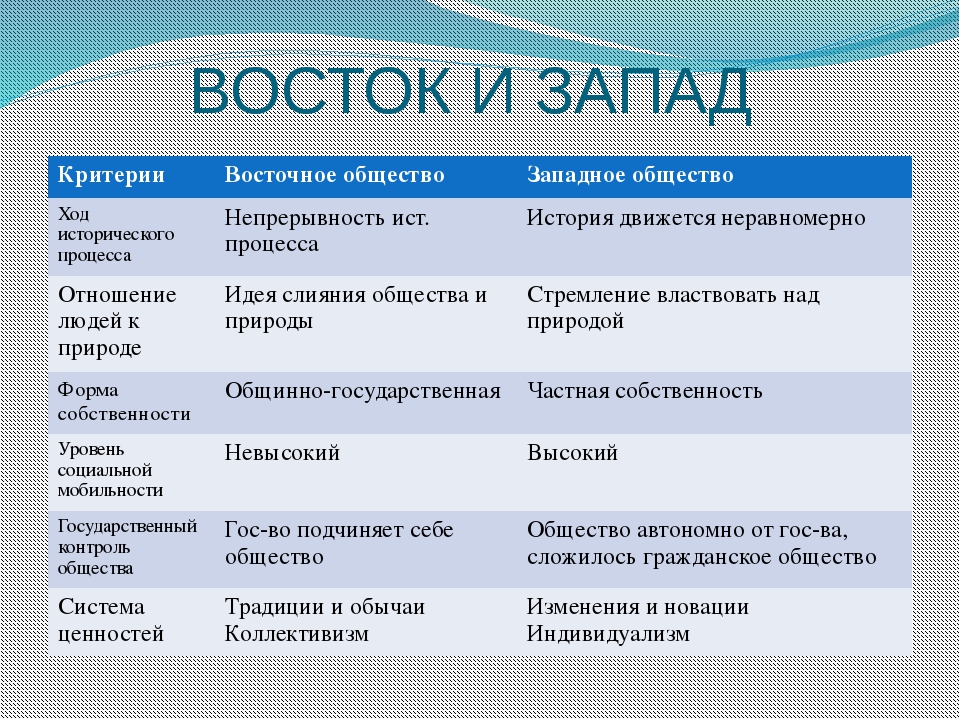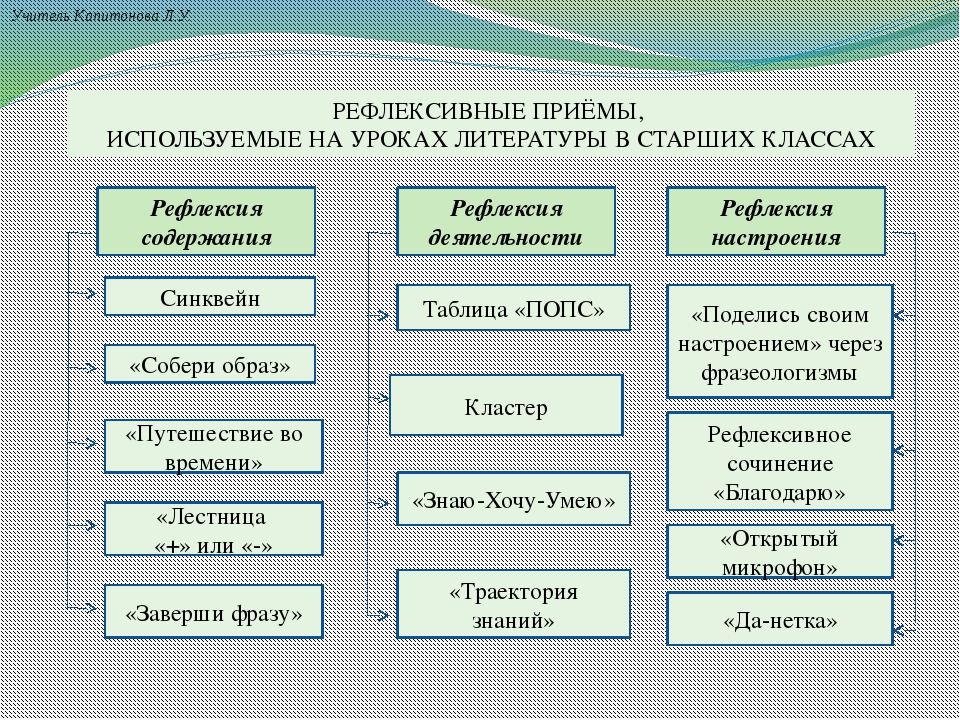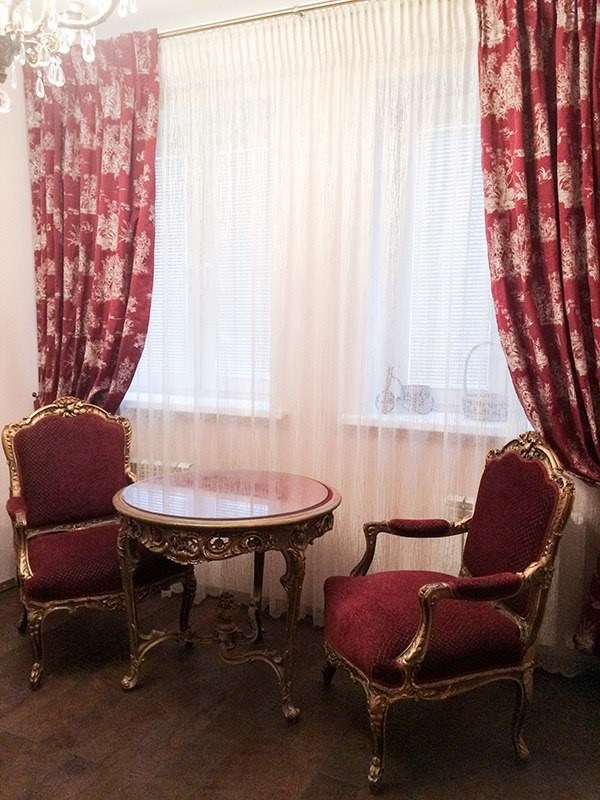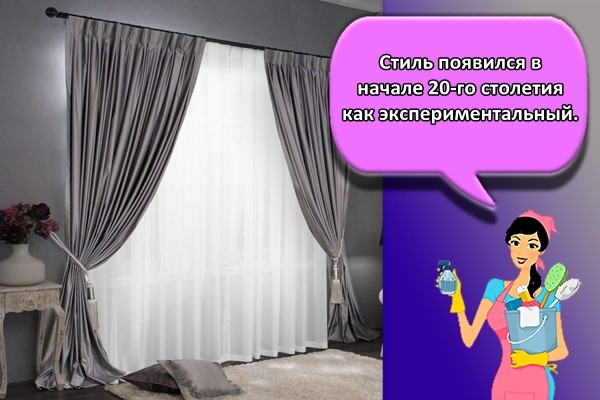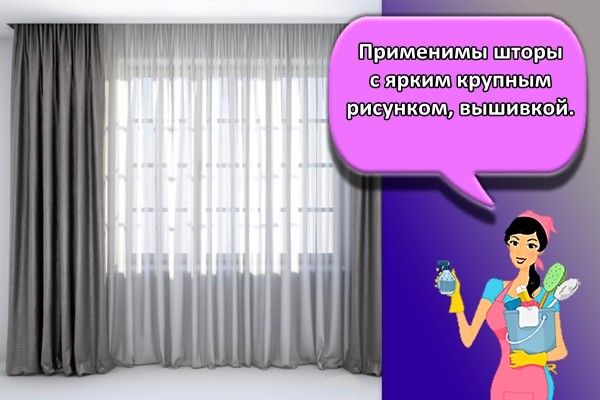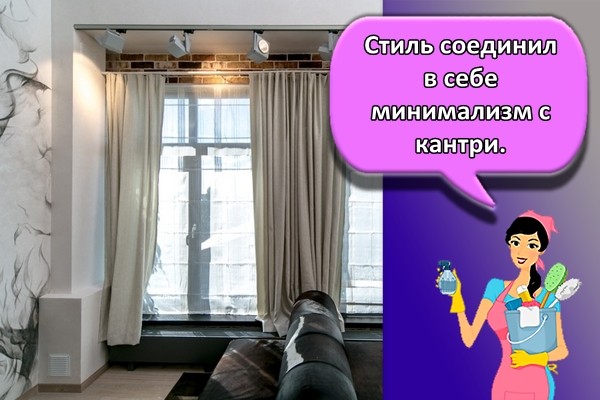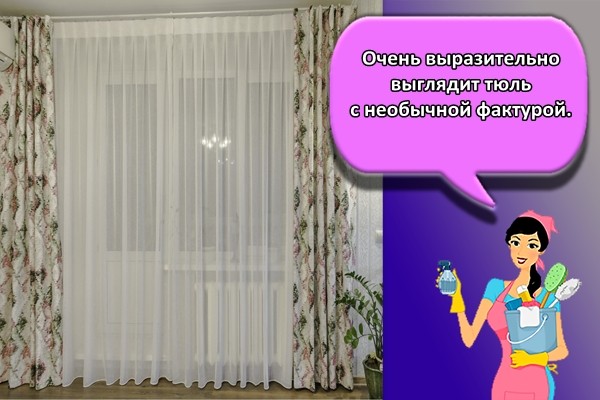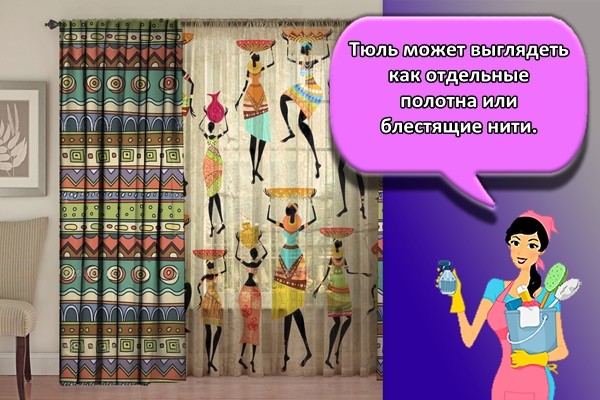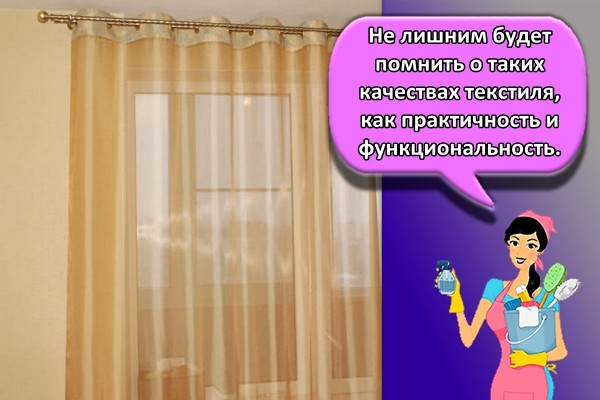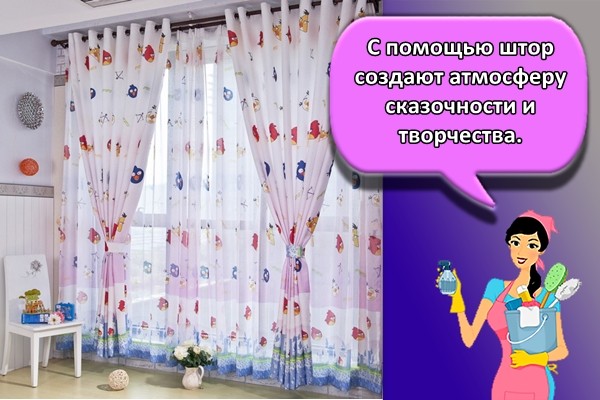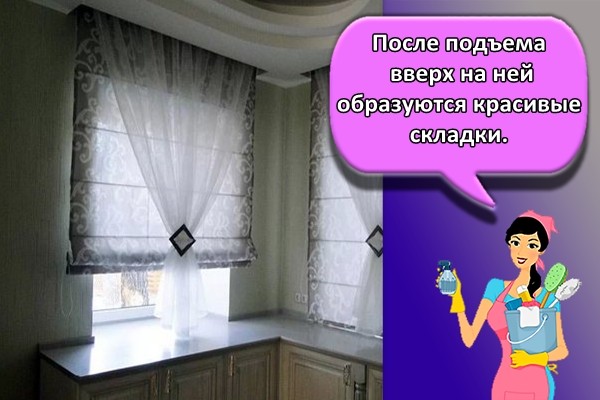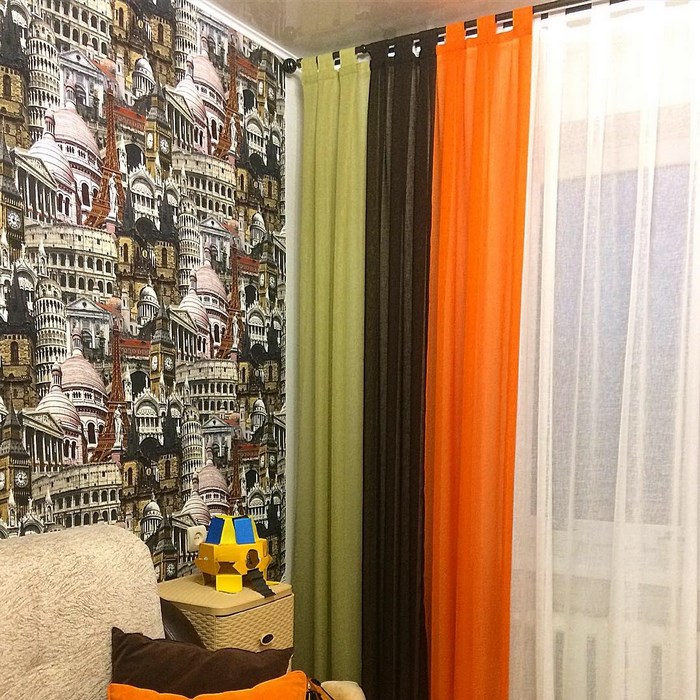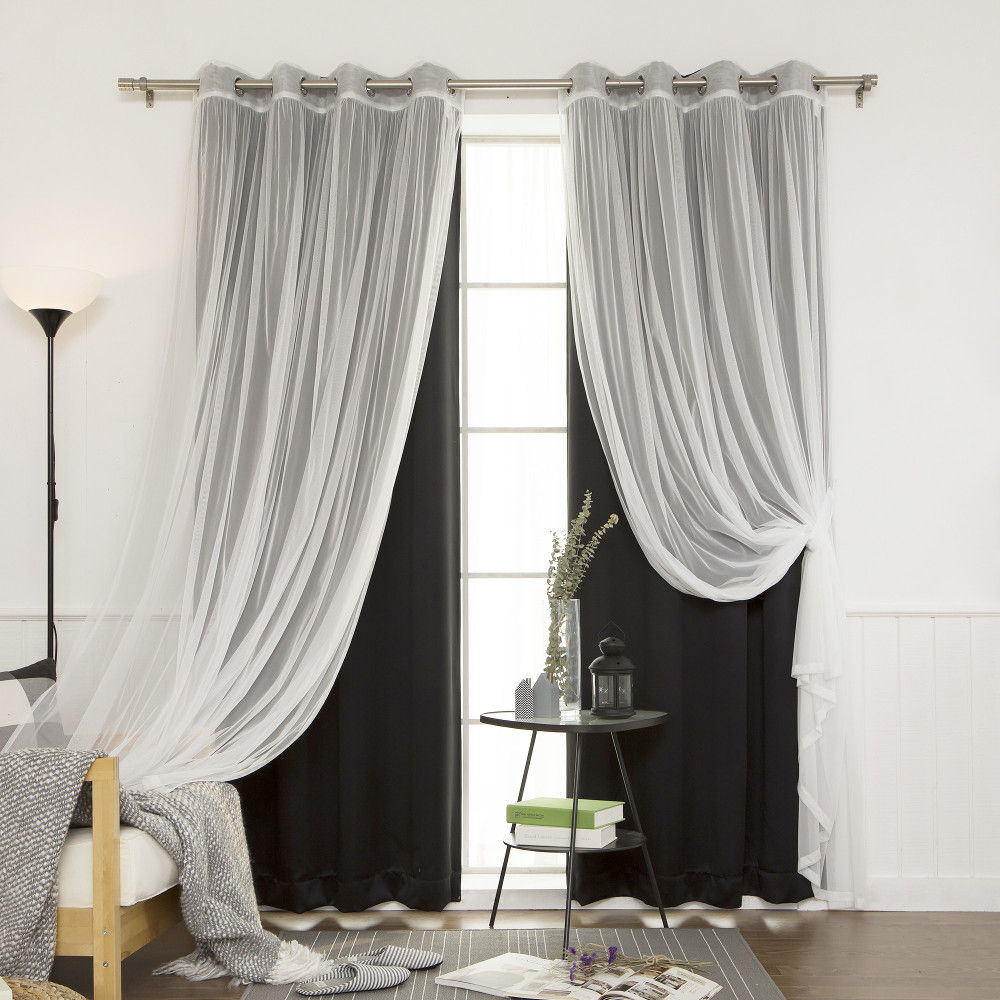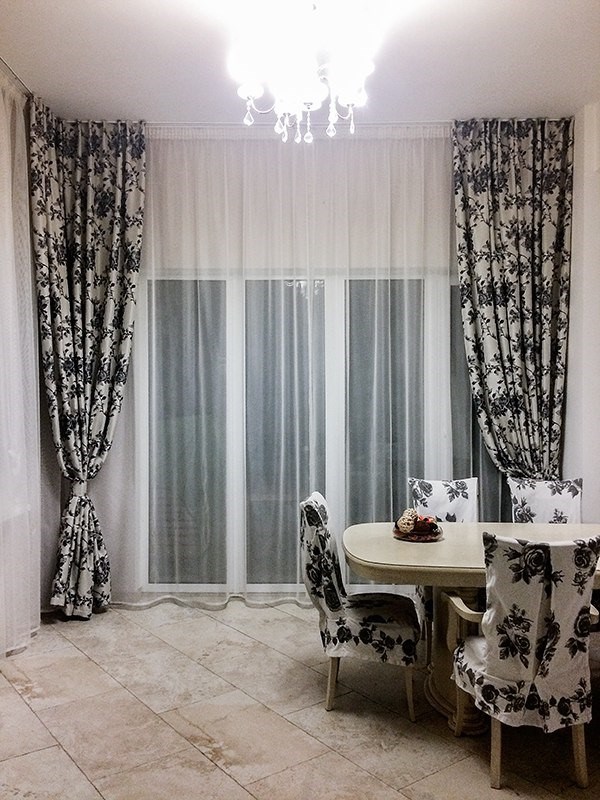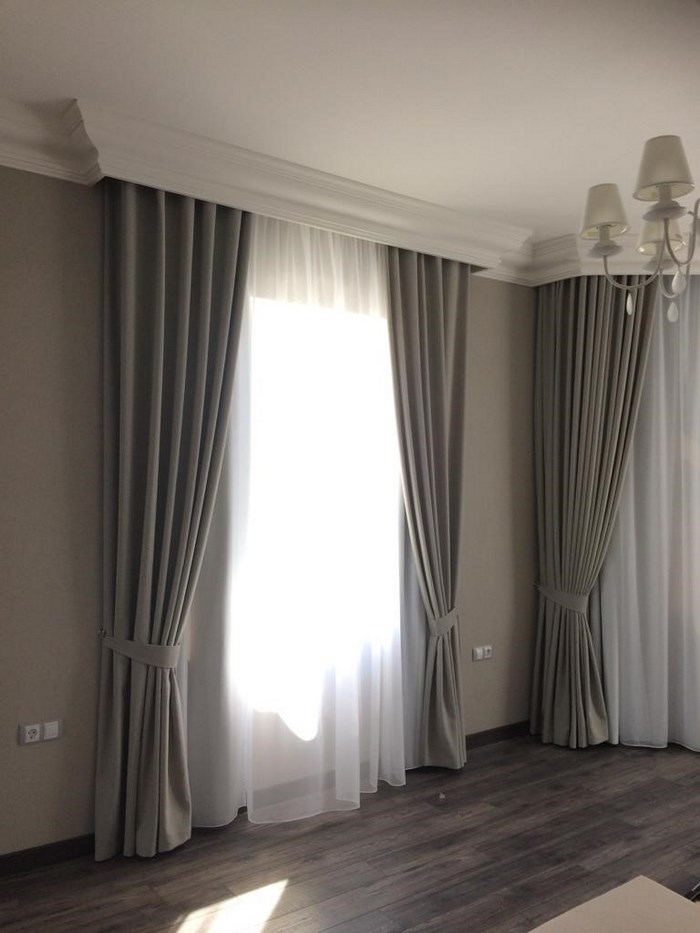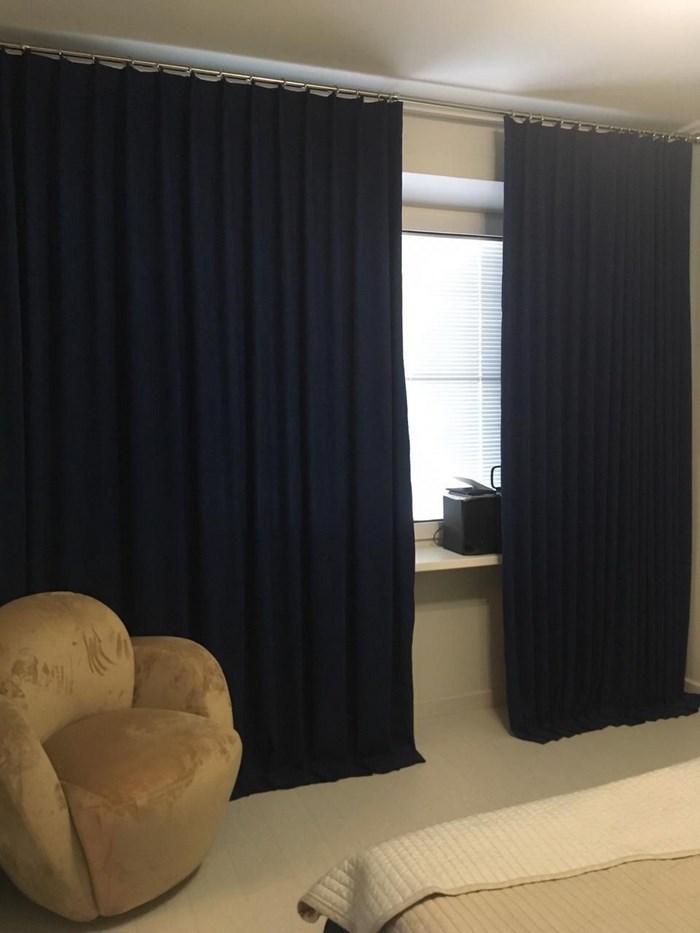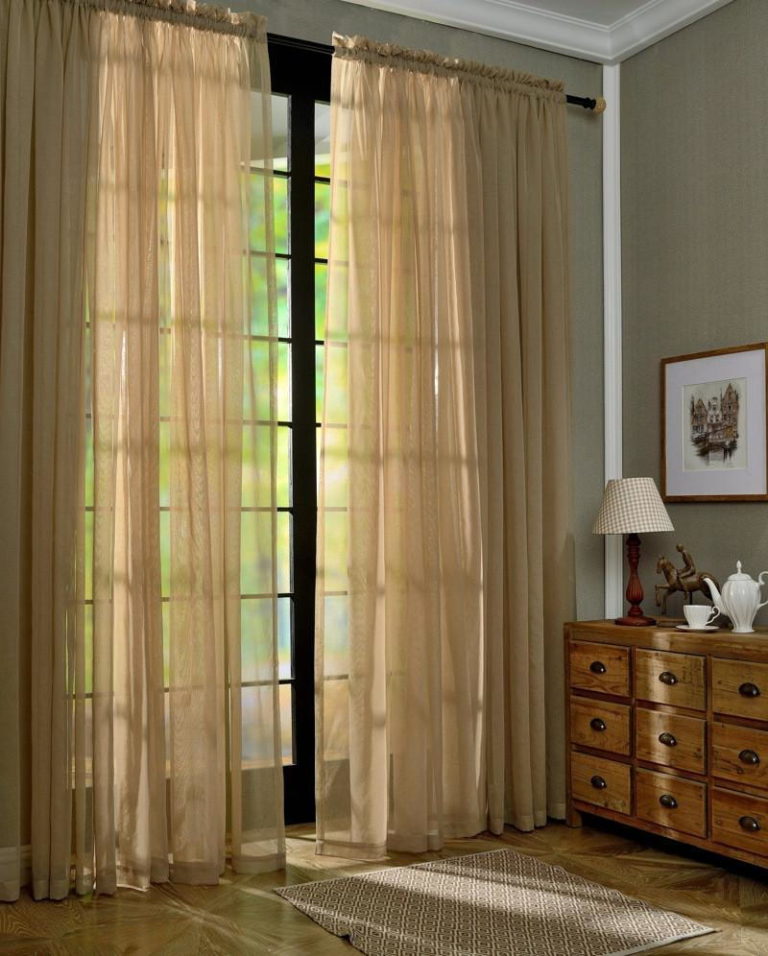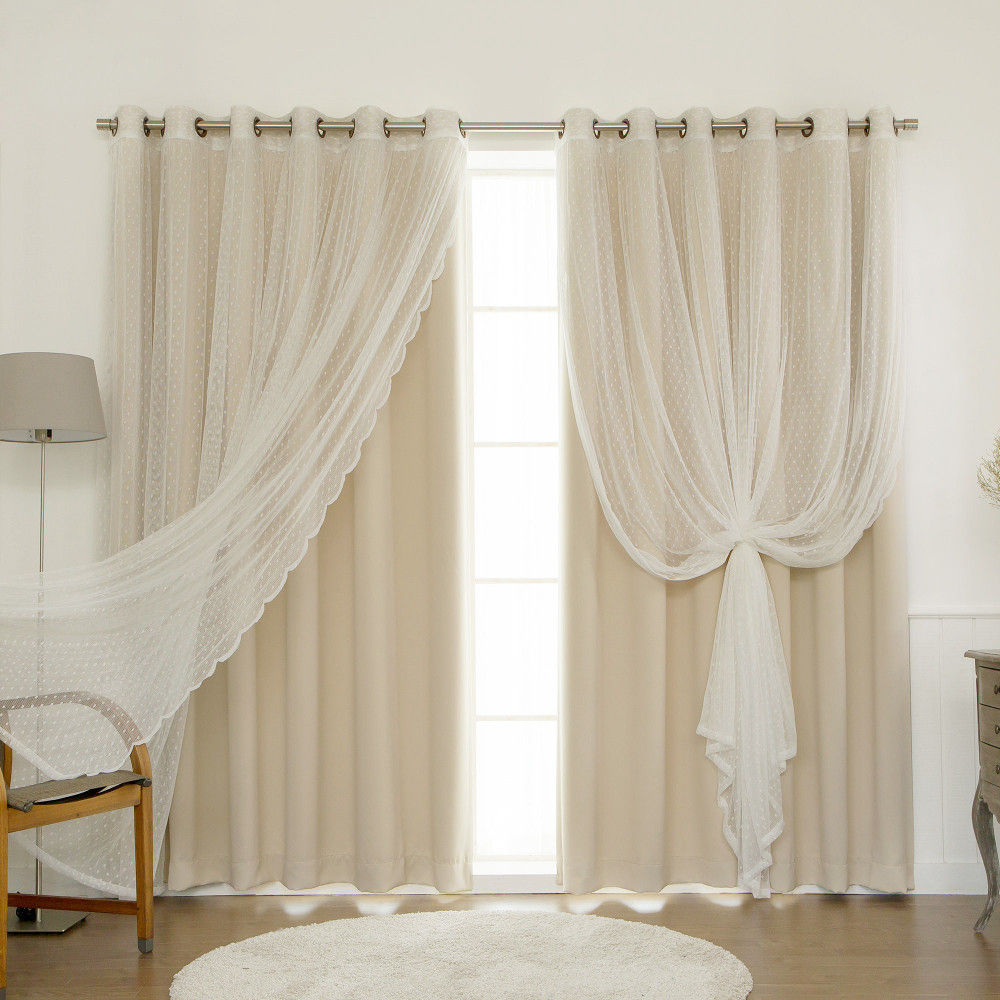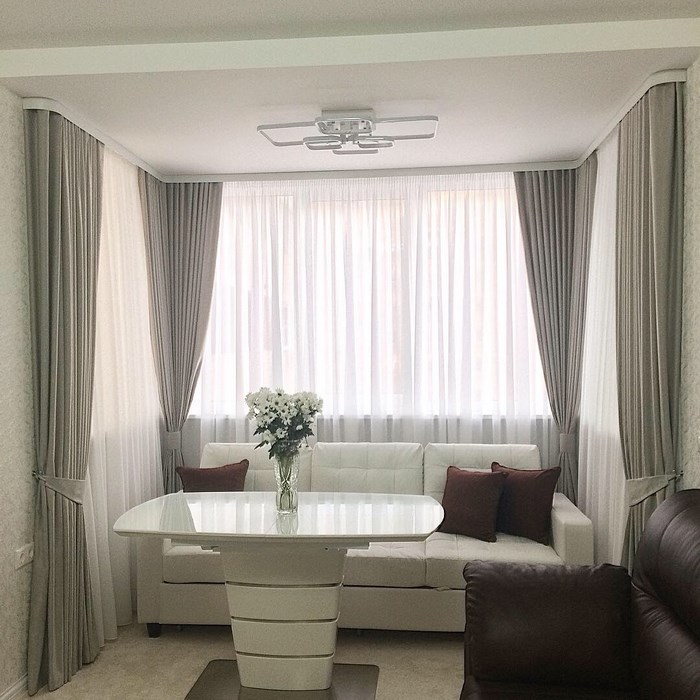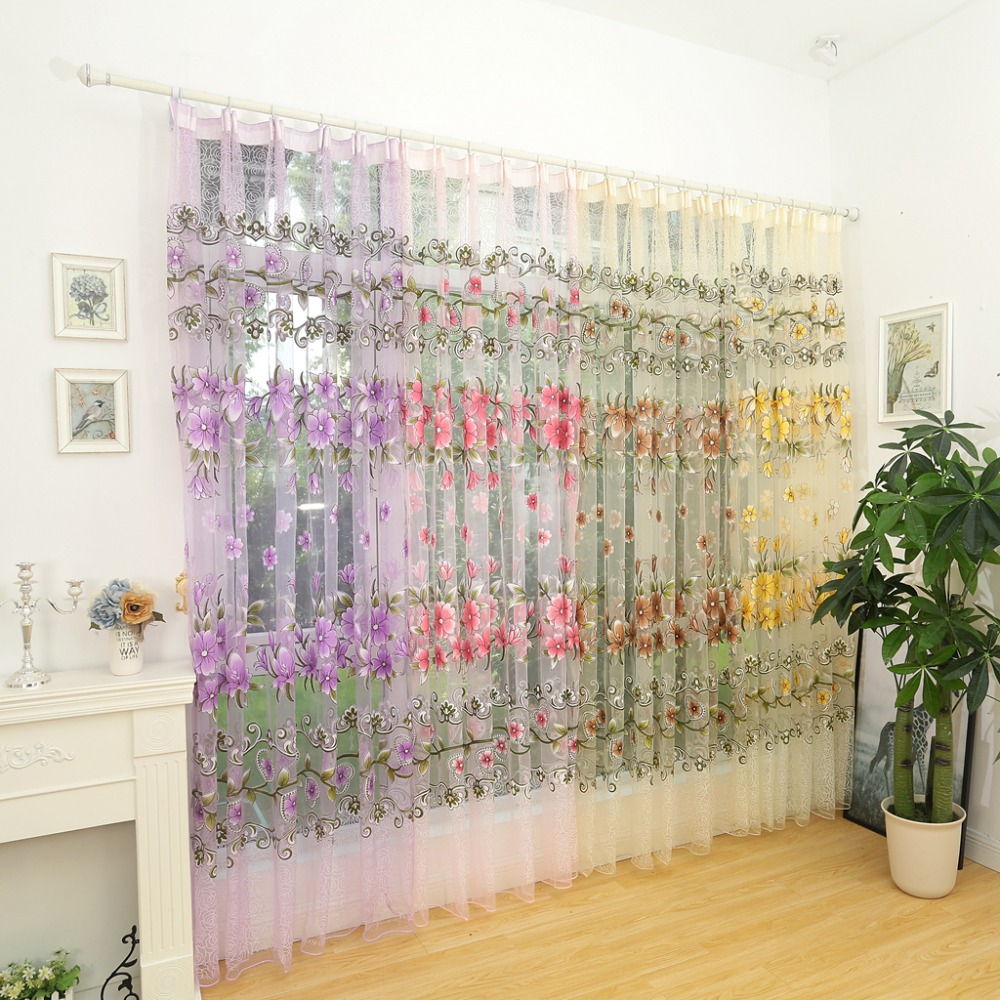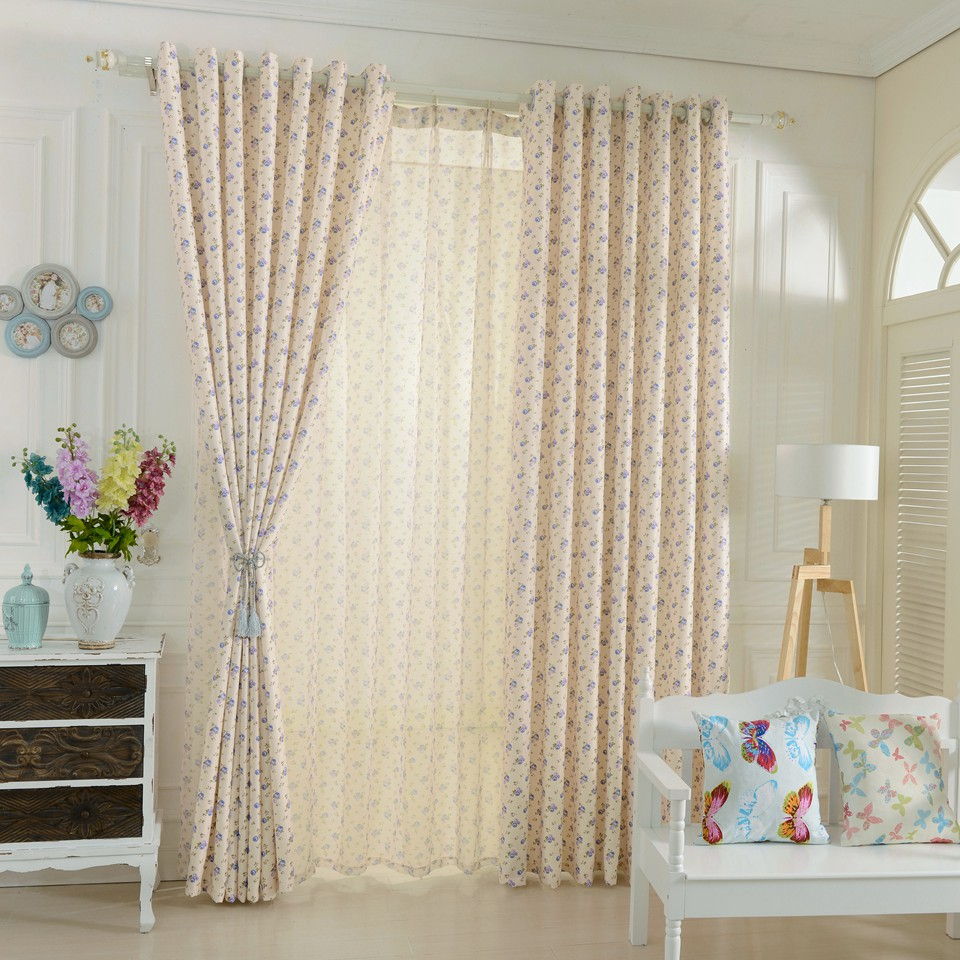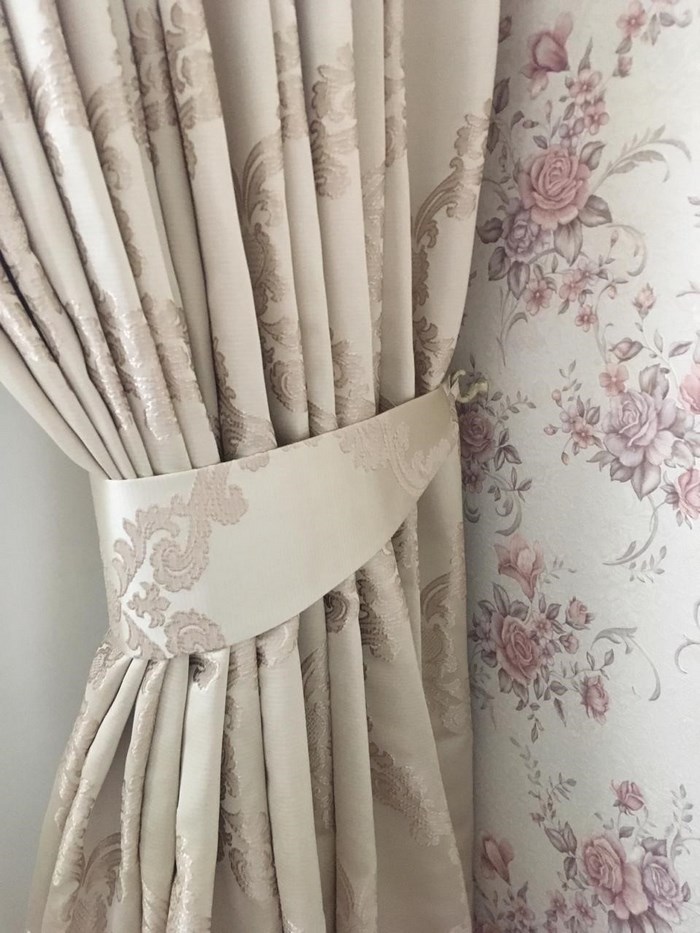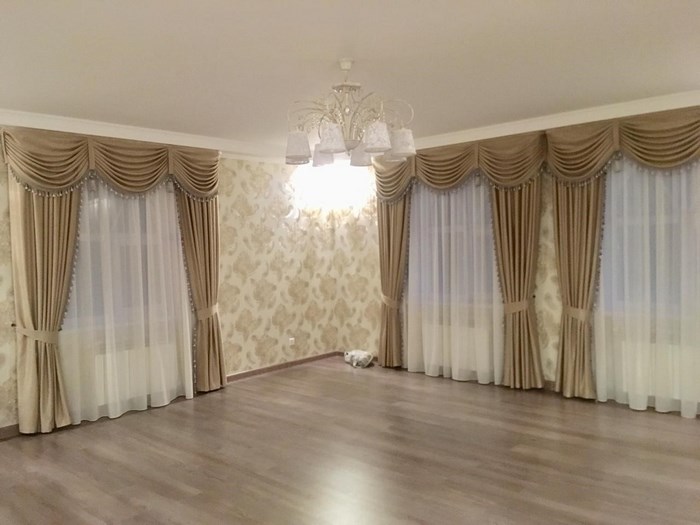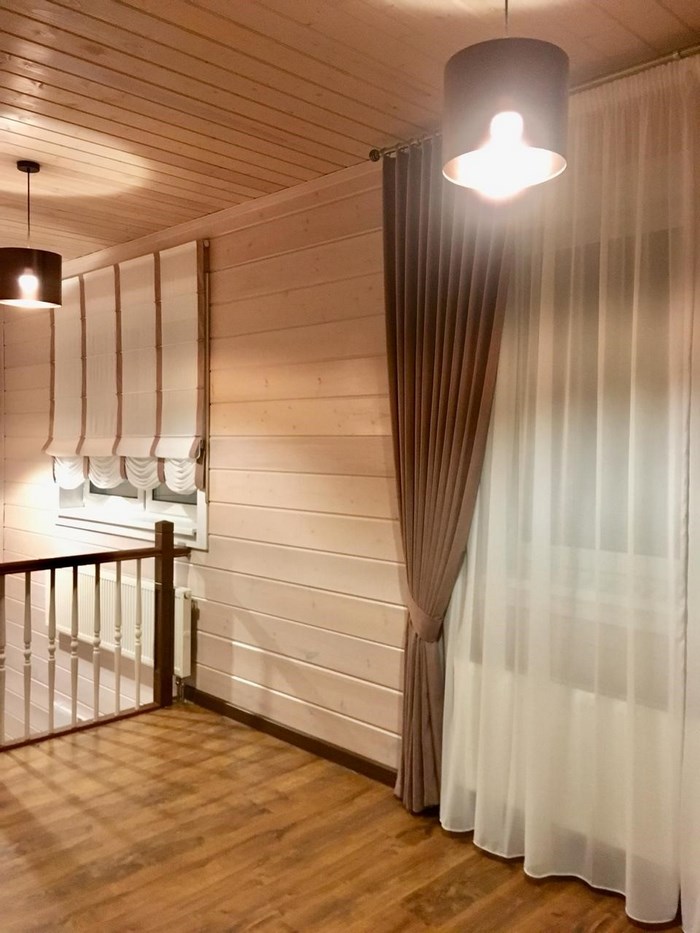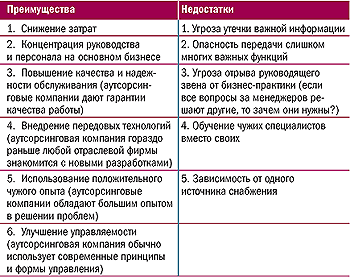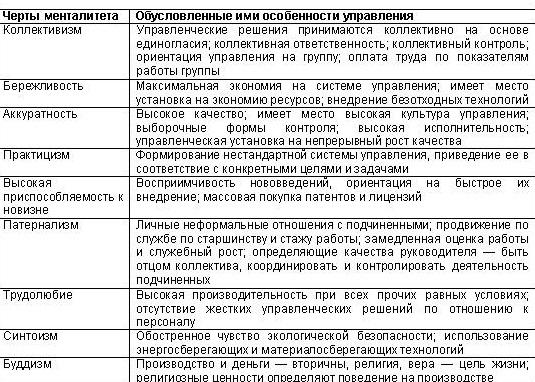Curtain fabrics: description, name and photo of curtain fabrics, recommendations for choosing
Undoubtedly, natural curtain fabric is the best choice.

If you want your curtains to last you a long time, choose fabrics treated with protective compounds.
Linen is perfect for modern style, as well as for decorating windows in sophisticated classics. Advantages:
- Wear resistance;
- UV resistance;
- Easy to clean;
- Strength.

Linen has a rough texture and a peculiar structure, has increased mechanical strength.
Disadvantages:
- High price;
- Crease;
- Shrinkage after washing;
- Requires the use of special detergents.
In the photo there are linen curtains in a modern interior.
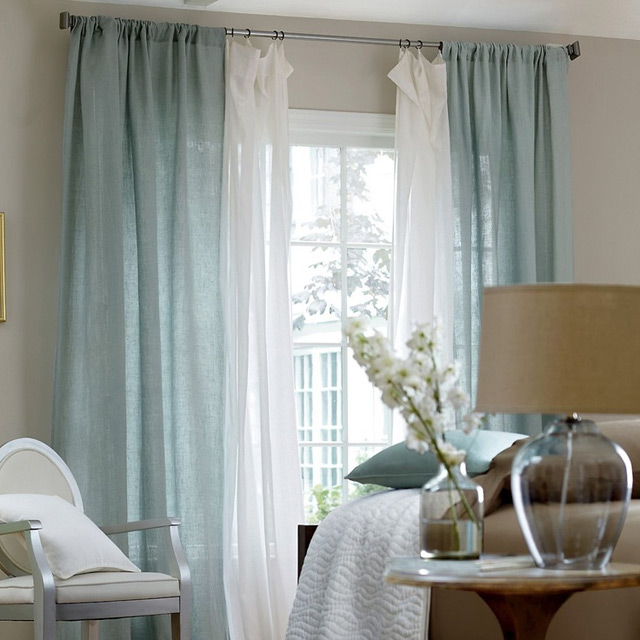
Linen does not accumulate static electricity on its surface, does not form pile.
The mat is a coarser material in texture. A characteristic difference is the staggered weave of threads. The fabric is made of natural fibers with the addition of synthetic materials. The surface can be fluffy or smooth. Matting benefits:
- Wear resistance;
- Does not lend itself to deformation;
- It does not require special care;
- Spectacular appearance: even a simple model looks non-trivial.

The mat is easy to recognize by its rough texture, similar to burlap and a checkerboard weave pattern.
Disadvantages:
- The edges are crumbling;
- Puffs remain on the canvas, not recommended for apartments with pets.
Mat without ornament. Bulky drapery and rich color create a cozy atmosphere.

Curtains made of this fabric look very original, despite their uncomplicated appearance.
Gabardine. Made from natural fibers: wool, cotton or silk. Dense texture is achieved due to the diagonal weave of the threads.
Advantages:
- Wear resistance;
- Air permeability;
- Does not deform when washed;
- Ease of care;
- Moisture resistance.

The main feature is the diagonal weave, which gives density and relief.
Disadvantages:
- Tendency to shedding;
- Sewing can be damaged by the needle.
The curtains are made of plain gabardine in a pleasant brown color. The model is complemented by light tulle of the same shade.
Gabardine is a fabric with a natural composition.
Luxurious velvet is an addition to the classic interior. Nice soft texture and the ability to drape beautifully allow you to create curtain masterpieces. Velvet is able to protect not only from excess light, but also provide sound insulation. Despite its saturated colors, it is not prone to fading and can be used for windows on the sunny side.

Well suited for curtains with drapery, ideally protects the room from sunlight and noise.
Having decided to opt for this material, the following is worth the honor:
- The curtain rod should be durable, as the velvet is heavy;
- Velvet is appropriate only in large rooms, and in small rooms it will visually reduce the size of the room.
The interior is decorated with velvet curtains in bright colors and is complemented by decorative pillows made of the same fabric.
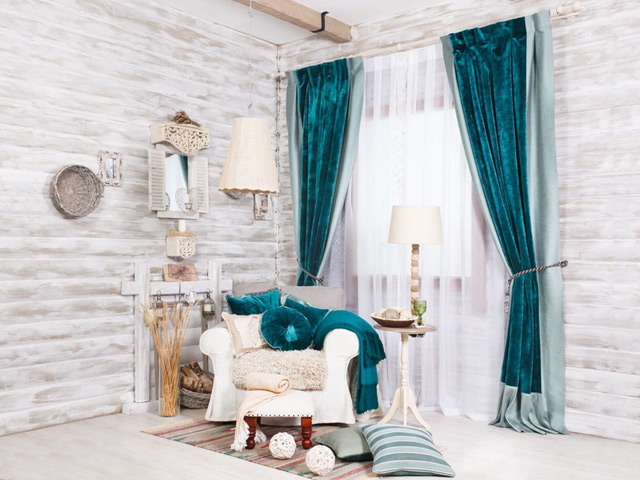
It is good to use it in classic interiors to form a solemn appearance of the room.
The intricate weaving of threads in jacquard fabric allows you to create amazing patterns and ornaments. Due to the texture and color of the material, the curtains are especially beautiful and stylish.

Jacquard is a material with a two-layer pattern due to the interweaving of threads.
Jacquard fabrics do not fade in the sun, do not require special care, and a huge range of colors allows you to choose an option for any style.

Jacquard is a beautiful, strong and very durable large-patterned fabric.
Curtains made of jacquard fabric with a simple pattern will decorate the living room. Even without the addition of tulle, they look organic.
Views
Tulle fabrics can be divided into several types. Each of them has unique properties and characteristics that other fabrics do not have.
Organza
Organza is a thin, airy and transparent fabric made of natural material (silk) and synthetic fibers. Polyester or viscose can play the role of synthetics, but most often the first option is still preferred.

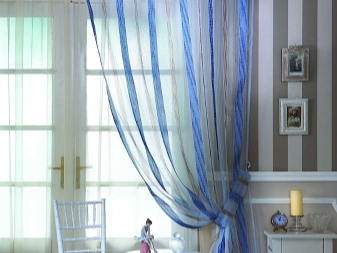
To make organza, you need to spend a lot of time and effort, because the technology itself is quite difficult and requires several sessions of special processing of the fabric. It is for these reasons that the cost of the fabric is quite high, but it fully justifies itself. High quality and decorative properties make organza in demand among all segments of the population.
The lightness and transparency of the material does not affect its elasticity and strength. Such curtains are durable and have a long service life.
Modern production focuses on making a wide variety of organza. So, it can be one-color, patterned, matte, shiny, colored, with a pattern, etc. Recently, a chameleon fabric has appeared, which is able to change its color at different angles and under different lighting
The peculiarity of organza is its transparency and lightness, as well as the possibility of combining it with many curtain fabrics. It is resistant to dust, so it does not need frequent washing and does not affect the health of the residents in any way. And even the constant exposure of the material to the sun does not affect its brightness and appearance.
Despite a lot of positive qualities, organza still has some drawbacks. For example, if puffs or other defects appear on it, it will be impossible to fix them.

Veil
Veil is a translucent fabric with a matte surface that is smooth. The dense structure of the veil is capable of hiding small flaws in the repair of the room, for example, made when decorating walls or a window opening. It will also help to hide the impartial view outside the window from the eyes.
Usually a veil is used to darken a room.
This is especially important for those rooms that are on the sunny side. You can use it as an independent window decoration without adding thick curtains.
The veil is soft and pliable, so it lends itself well to processing. It can be formed in any available way of draping curtains.
If we talk about the disadvantages of the veil, then we can note its tendency to electrify. It is for this reason that the fabric easily collects dust and gets dirty quickly.
Another disadvantage of veils is that they fade quickly. Long exposure to the sun will cause the fabric to lose its decorative properties. First, the shine will disappear, and then the drawing will fade.
Tulle mesh
Mesh tulle has become more and more popular lately due to its lightness and transparency. The mesh can be made up of large or small loops, which can be woven from natural or synthetic threads. Usually, mesh tulle is used to complement the design of the window and play a supporting role. In exceptional cases, it is used as an independent design.
The mesh can be of any color and pattern. It can also be decorated with lace, sequins and beads, which allows you to hang it even in the living room. The only drawback of the mesh is its ability to collect dust. But this only applies to the microgrid - large cells are better air-permeable and less prone to contamination.
Gas
Gas is the interweaving of warp threads with weft threads in such a way that they do not become dense and form a space between them.This weaving method allows you to get a delicate and translucent fabric.
Initially, the gauze cloth was created from silk threads. It had a plain or patterned surface with or without embroidery. Today, viscose and polyester are used for the manufacture of gauze tulle, which significantly saves the budget of buyers.
There are several subspecies of gas: gas-rice, gas-marabou and gas-illusion. They all differ in weaving technique and thread thickness. In addition to the two main types of tulle, 3D photo tulle can also be attributed to them. With the help of a special technology, a drawing is applied to the canvas, which is distinguished by its realism. The photo tulle is able to hide the imperfections of the window and the area around it due to the huge image.
The shape of the curtain also differs depending on its purpose. Long straight curtains are usually used to decorate the windows of the hall, and the tulle arch is traditionally hung in the kitchen. According to the method of hanging, curtains can be distinguished, which are attached to rings, hinges or eyelets.
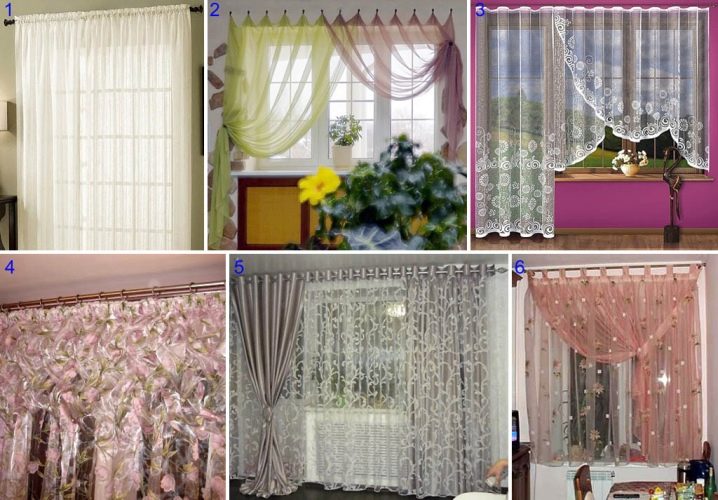
Sewing curtains in the bedroom: how to sew on your own, recommendations for choosing fabric and style
First, you should decide on the style and appearance of the curtains. Classic ones with tassels, ruffles and lambrequins can only be done by professional seamstresses. If you don't have a lot of experience in making curtains yourself, then it is better to stop at a simple model made from natural fabrics.
While this option may seem boring at first glance, it is not at all the case. The top of the curtains is gathered with a special tape. The shape and frequency of folds depends on its type.
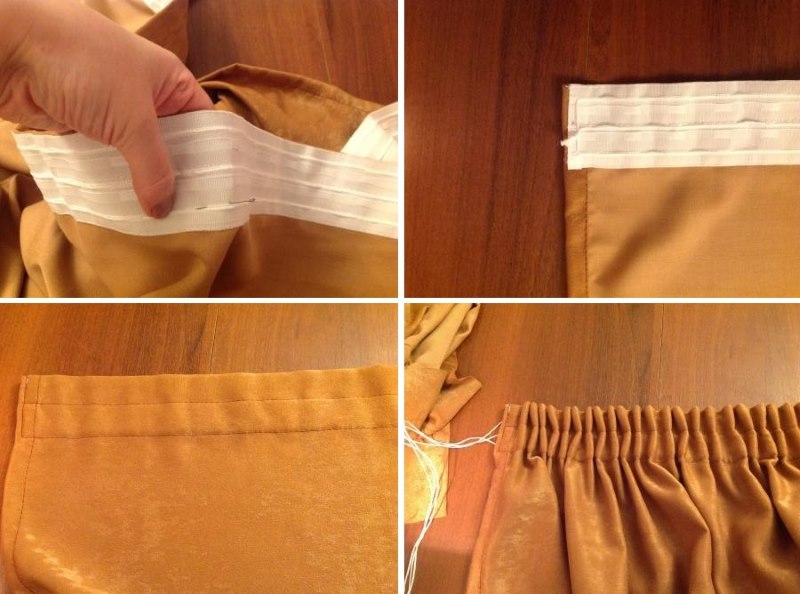
A special curtain tape is used to create gathers at the top of the curtain.
The minimalism of the design can be diluted with brushes or ruffles.
For the manufacture of such curtains, patterns are not required, it is enough to know the length and width of the window opening.

Window measurement scheme for curtains
To determine the amount of fabric needed, an additional 10 cm is added to the desired length of the product for the seams at the top and bottom. The width depends only on personal preference: if you want a lot of folds, you can take a triple length of the cornice, if the curtains should be slightly gathered, then the length of the cornice is multiplied by 2.

After cutting the fabric, the sides and bottom of the future curtain are processed, then the curtain tape is hemmed
If a fabric with a large pattern is chosen, you need to buy with a margin so that the finished curtain looks symmetrical.
Undoubtedly, a self-made element of the interior, even if it does not differ in the complexity of the design, will make the bedroom unusually cozy and comfortable.
Fashion trends
 Fashion does not stand still and constantly makes adjustments. This also applies to window decoration. It is worth highlighting the main areas that are the most attractive and popular.
Fashion does not stand still and constantly makes adjustments. This also applies to window decoration. It is worth highlighting the main areas that are the most attractive and popular.
Recently, the most popular style is minimalism. Tulles that hang straight do not lose their relevance and always look stylish and beautiful even without curtains.
But all the most popular are light weightless muslin, which perfectly transmit light. Thanks to the huge number of accessories for them, you can make unique and unique compositions.
Adherents of non-standard solutions prefer tulle-gauze made of several colors
It is very important to choose shades here. They should be combined and harmonized with each other, as well as fit perfectly into the interior of the room.
Different threads should be used for each room. For a hall or living room, muslin made of linen or silk threads, decorated with glass beads or artificial pearls, is best suited.
Another new trend is batik and photo printing. The curtains with the right photo pattern will look perfect, making the hall attractive and unique. This option will diffuse light and become one of the main décor of the room.The main advantage of tulle with photo printing is that there is no need to choose from ready-made options. You can order any drawing at your discretion, which will make the interior unique in all plans.
Tulle with large flowers is very popular. The window will resemble a real picture that will decorate almost the entire room. There is one significant point - the size of the tulle should correspond to the length of the cornice as much as possible. The folds are unlikely to decorate the drawing. The photo curtain is rarely complemented by curtains. They are often superfluous.
Knowing the simple rules for choosing, you can easily evaluate your room and choose the most attractive option that will help make the room hospitable and interesting.
What is better tulle, veil, organza or mesh, comparative characteristics
Let's find out how different types of curtains differ, their features and advantages.
Properties, qualities of the veil
Voile tulle is a material consisting of synthetic threads with the addition of natural ones. It is made from silk, cotton, synthetics, and various fibers. Tulles can be hung in any apartment, house where windows are present, since the types of fabrics allow you to choose a curtain to your taste.

The veil has a plain weave that resembles a very fine mesh
She has the following qualities:
- soft and delicate to the touch;
- in comparison with organza, the veil is denser;
- presented in many colors - pink, white, beige;
- matte texture;
- softer than organza;
- smooth to the touch;
- better protects from the sun's rays and hides what does not need to be seen by strangers.

Veil, unlike organza, has a dense structure and a special soft texture.

Good light transmission of the veil makes it possible to form beautiful folds on the curtain
Also, tulle veil has several disadvantages:
- Gets dirty quickly. The spots are poorly removed, the remaining ones are clearly visible in the light.
- Burns out in the sun and loses its original appearance.
- Strongly electrified.
- Low strength. The fabric is easy to tear, to make holds.
- Wrinkles a lot. If the product is stored folded for a long time, then stripes and creases will appear on it. Recommended to roll up.
- Demanding in care, washable with a delicate cycle. You cannot wring out, iron only through wet gauze.

It is recommended to use liquid detergents for washing veils.
Organza, the main properties, how it differs from the veil
Organza is a very dense fabric made of silk and polyester. It is light, airy, elastic. It is easy to wash and is not afraid of dust and sun. The fabric goes well with different curtains. With a long exposure to the sun, it will not change its original appearance.

Organza is created by twisting silk and polyester fibers
But if the slightest defect, a catch, is formed on the tulle, then they will be striking, and it is impossible to correct this situation. If small children and animals live in the house, the organza will quickly deteriorate.
The technological process of creating organza is multistage, so the price for it is high. Despite its weightlessness, the material is durable. With proper care and careful handling, the curtains will last for many years.

Despite its lightness and airiness, organza is distinguished by its strength and rigidity.

It is the increased rigidity of organza that attracts interior designers. Folds and draperies from this fabric do not creep, but keep their shape
Industrial production produces many varieties of organza - patterned, monochromatic, sparkling, matte, sprayed, chameleon.
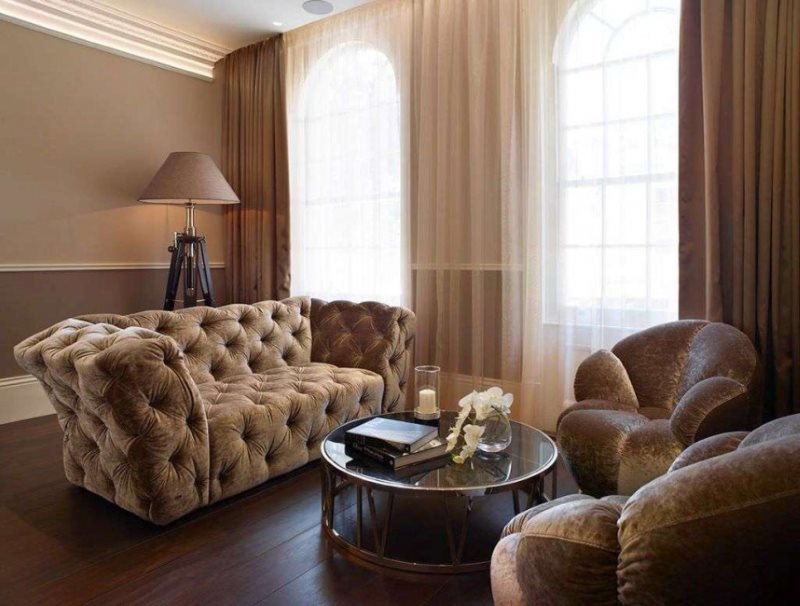
Matte fabric reflects less light and looks stricter

Glossy fabric, as it were, sends sun reflections to all corners of the room.
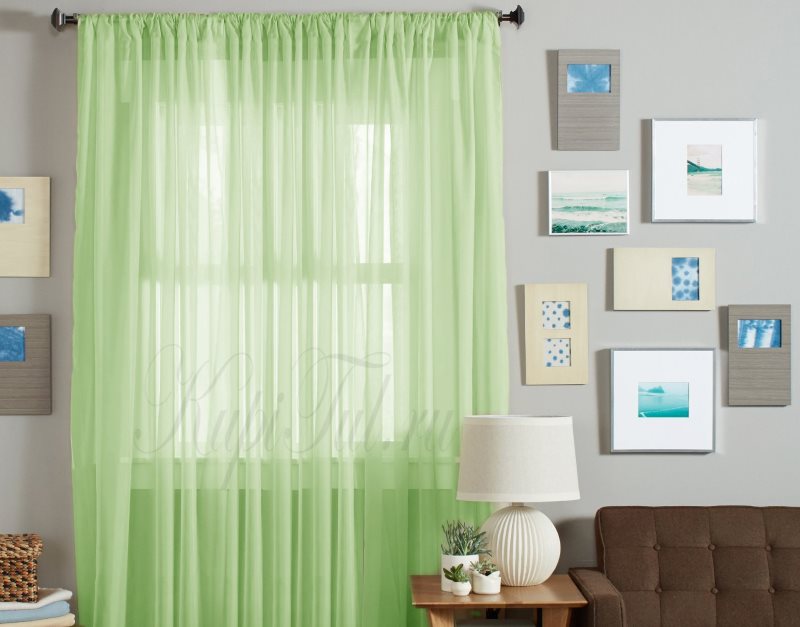
Micro veil combines the positive qualities of veil and organza
The difference between organza and a veil is that the second is more suitable for the kitchen, hallway, hall, the other type is more festive, therefore it is hung only in living rooms.Organza is less breathable because its structure is denser.
Tulle mesh, description, main differences from veils and organza
This is the largest type of tulle. It is almost always sold with curtains. Light penetrates well through the net, and small flies can fly through it. There are several subspecies - muslin, nylon, French products.

This tulle curtain got its name from its similarity to a fishing net.
The main drawback of the mesh is that it collects dust, so people prone to allergies should not choose it. The advantage of tulle is that it is light, the sun's rays penetrate well through it.
The color spectrum is wide, so you can choose products for your interior, model one curtain or make a sash of two. For a nursery and teenage room, you can choose canvases with several colors, which will be divided into sections.

The cage is the most common type of net tulle. Suitable for any interior style, you just need to choose the size of the cage

Small cobweb looks elegant, which is perfect for a window in the bedroom
The mesh does not require ironing, you need to sew on the braid and the required number of folds is formed. You need to wash it with your hands or with a delicate mode.
Types of curtains and curtains
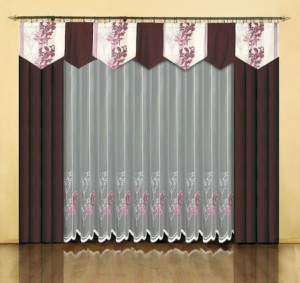 Curtains. They are made of fine fabric and serve as decoration with great design solutions. Imagine what an interesting fabric can look like, draped over a curtain rod in an original way! Curtains on the cornice are attached with ribbons and ties. Magnets, hinges or eyelets can be used. Curtains put on the eaves tube look great. Note that the curtain tape can spoil the appearance of the top edge, so it is better to sew lace to the top of the curtain, which will soften the tape.
Curtains. They are made of fine fabric and serve as decoration with great design solutions. Imagine what an interesting fabric can look like, draped over a curtain rod in an original way! Curtains on the cornice are attached with ribbons and ties. Magnets, hinges or eyelets can be used. Curtains put on the eaves tube look great. Note that the curtain tape can spoil the appearance of the top edge, so it is better to sew lace to the top of the curtain, which will soften the tape.
Thread curtains. This product came into fashion again with certain metamorphoses. Decorating options, a variety of canvases made them quite popular. Such a curtain looks like rain with multi-colored and iridescent streams. They can be either monochromatic or of several alternating colors. A romantic atmosphere in the room is provided for you. By the way, as a design option, you can tie individual parts into bundles or string beads from various materials on threads.
Curtains. Such curtains are sewn from dense fabrics and in addition to the decorative function, they successfully protect from daylight and sun, and maybe prying eyes. The double-sided canvas can be attached to the wall with magnets.
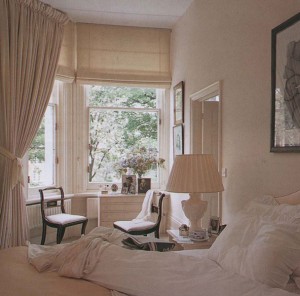
London curtain.
Roman curtains. It is necessary to emphasize the immense popularity of Roman blinds. They are known for the presence of rectangular canvases, which, forming even folds, rise up the structure of the cornice. Fitting harmoniously into any interior, they perform a sun-protection function. They can be combined with curtains and curtains, or used on their own.
Hinged curtains.
Curtains with eyelets. Their modern design makes them indispensable in Art Nouveau apartments. Eyelets are attached to the upper part of the curtain, which is sealed with a piping or hem. They are strung on the cornice and can be made of plastic, wood or metal. Any fabric option is suitable for such curtains.
When choosing curtains for your home, the main thing is to adhere to the above rules, as well as be guided by your own taste and preferences.
Examples in the interior
Modern models of curtains should be made in the style of Minimalism, High-tech and Scandinavian. All of them personify laconism and practicality in the design of the space. Their task is not only to create a stylish design, but also to provide coziness and comfort in the room.
Designers advise using sophisticated curtains in the design of windows in the bedroom. This is necessary in order to be able to darken the room at any time. White tulle in combination with dense dark curtains can be considered an example of brevity and simplicity.
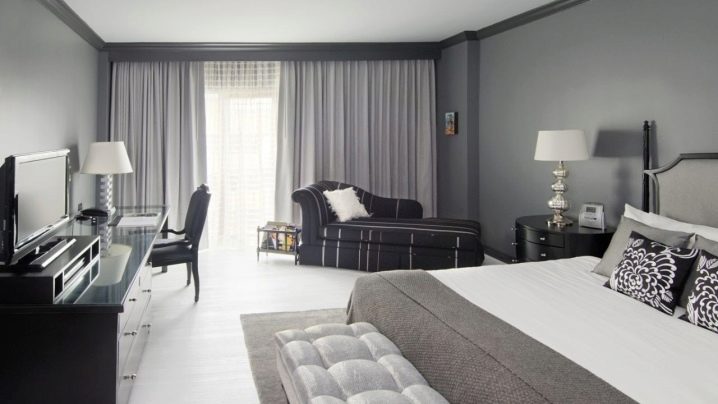
Modern Neoclassicism is decorated with straight curtains made of high quality fabric. In a room with a balcony block and narrow windows, a combination of fabric blinds and straight curtains looks beautiful.


White curtains on the floor will help to visually enlarge the room. And in combination with dense monophonic curtains, tied up with laces, they will decorate a calm room.

About what kind of tulle is now in fashion, as well as the features of its choice, see the next video.
Varieties
If someone had to visit a curtain salon and choose fabrics for curtains and tulle curtains, then he probably knows what a difficult task it is. It is simply impossible to choose one of the huge variety of options.

The most simple tulles in the form of straight curtains do not lose their popularity.
There are many fabrics for sewing tulle on windows: guipure, velor, veil and micro-veil, mesh, organza, tulle, chiffon, crystal and others.
These materials differ from each other in different characteristics, properties and qualities:
- Transparent, translucent and opaque tulle;
- Solid, colored and iridescent;
- Matte and shiny;
- Having different densities;
- Tulle with woven patterns and flowers;
- Printed, embroidered, with photo printing;
- Natural and synthetic;
- Cheap and very expensive.

This is an easy way to transform a room - carefully selected fabrics will breathe new life into the room.
For reference! What is synthetic tulle - these are modern fabrics made from artificial yarns and fibers, most often polyamide, polyester, polyester. They are inexpensive, yet strong and durable. They do not fade, do not wrinkle and do not absorb dust. They are very practical for sewing tulle curtains, easy to clean.
Curtain color
First of all, let's decide on the color of the curtains. Evaluate your interior, think about what is missing and what needs to be emphasized. In some cases, when the atmosphere in the room is saturated with different shades, it is better to choose a palette for the curtains that will simply and neutrally complement the atmosphere. If the interior is unambiguously monotonous, then color spots of impressive sizes are suitable here, which will become a key element in the design of the window surface.
It is important to maintain balance and correctly place color accents throughout the room. Choose related shades with some contrast
How to choose curtains for the living room, recommendations for choosing fabrics in combination with the interior, examples of good choices, photos
Designers pay a lot of attention to window decoration, since curtains are not only a functional element, but a bright accent in the interior of any room. They can make the environment more solemn and aristocratic, or simplify and democratize it. Without the curtains, the window looks bare and the room looks uncomfortable.

You can pick up curtains in the living room lighter than in the bedroom, since there is no need for strong darkening.
Dense materials are suitable for classic design styles, rococo, baroque, empire, art deco. This option is good for spacious rooms with high ceilings and large windows. Fabrics - heavy jacquard, blackout, soft, chenille. In this case, one cannot do without a lambrequin, complex structures from grabs and an abundance of draperies.
Lighter curtains will decorate a room in Provencal, romantic or modern style. It uses brushes, ribbons to hold the folds, fringes, scallops and flounces along the edge. Good materials: light jacquard, chenille, soft. Transparent silks, satin, tulle will help to expand the space. The original technique is an asymmetrical position, only on the one side of the window opening.

Light and light curtains are suitable for small rooms.
For interiors in a modern minimalist design (Japanese style, hi-tech), plain curtains made of chenille, software, blackout are suitable. Jacquard is not suitable because of its enhanced decorative effect.In this case, an abundance of draperies and trimmings are not required; deep symmetrical folds are sufficient.
Fabric for curtains: a variety of materials, for which curtains which fabrics are better
When choosing a material for curtains, take into account the following characteristics:
- Composition (natural, synthetic, mixed);
- The density of the canvas, the tendency to draperies;
- Abrasion resistance (to ultraviolet light, mechanical stress, cleaning agents).

The assortment of offered fabrics is striking in variety.
Modern technologies make fabrics practical. Thanks to special impregnations, they become waterproof, rigid (able to keep their shape), indestructible, do not fade in direct sunlight.

The variety of fabrics available for curtains is replenished with the development of the latest technology.
In addition, the processing makes the material resistant to odors and non-flammable.
Velvet, chenille, jacquard, taffeta, veil and organza are considered the leaders in popularity. Natural fabrics are also in demand: linen, cotton, wool and silk.
For the classic style, luxurious curtain fabrics (velvet or jacquard) are used. Dense and heavy curtains drape beautifully and look elegant even in complex designs with lambrequins and swagas.

Curtains are almost always complemented with thin tulle that covers the window during daylight hours.
Modern style prefers natural or high quality synthetic fabrics. Since practicality is valued in this direction of interior design, modern know-how is actively used. For example, blackout fabrics that can reliably protect from sunlight, unnecessary sounds, as well as warm in winter and add coolness in hot summer.

Opaque fabric made from polyester fiber with single or double satin weave.
How to choose for the general style
The selection of fabrics for curtains is carried out carefully if they are trying to create a certain style in the room. Even such an insignificant detail as curtains can bring disharmony into the atmosphere.
Provence
Rustic simplicity, naturalness are the main features of the style. Window openings should have curtains of blue, beige, cream, olive shades. You can use matte fabrics that are not smooth and shiny. Small flowers are used in the decor. Let it be lavender or wildflowers. A cage or strip is suitable for curtains. Decorate the curtains with frills, lace.
Empire style
Rooms in this style breathe luxury, solemnity, severity of lines and proportions. Curtains decorated in French or Austrian style with fringe, folds, gathers are suitable. And colors should be chosen noble. Velvet, silk curtains in red, deep blue, purple will go.

High tech
Contemporary style is associated with practicality and functionality. Curtains are not needed for decoration, but to create an atmosphere of naturalness and simplicity. Light is needed for communication, so fabrics on the windows need flying ones. They choose synthetic options for sewing in one light tone.
Shabby chic
Antique interiors with richness and complexity of forms are suitable for romantic natures. Therefore, curtains will be needed from expensive and high-quality fabrics. Bows and draperies are used for decoration. Grace in everything: color, angels on the curtains.
Vintage
For an old-fashioned sophisticated room setting, curtains with draperies or French-style pleats are needed. From fabrics, choose what is heavier and more refined: gabardine, dense silk, satin, velvet. Curtains with scallops, cords, tassels, fringes look original. The color is dominated by light warm tones with a printed volumetric pattern.
Art Deco
The bohemian style has complex and simple lines, combinations of synthetic fabrics with natural, sophisticated forms with cheap works of art. On the windows, velvet can coexist with a veil, and silk with cotton.Neutral colors - white and black - are required. Add gold to them. Don't be afraid to experiment with shades.
Baroque
Every detail of the style design should be a work of art, including the curtains. Complex ornaments and decorations are sure to be present. Not complete without draperies, brushes, fringe, lambrequin. All with weaves, intricate folds. The color of expensive fabrics should contain gold and silver. Not complete without monograms, volumetric flowers.
Minimalism
Simplicity without pretentiousness, unnecessary furniture is complemented by Roman-style curtains, rolled fabric strips, blinds. You can leave the openings open so that the room is decorated with the landscape outside the window.

Vanguard
The combination of contrasts in the home is used by lovers of the avant-garde style. Bright curtains against the background of light or white walls, or vice versa. No need to use small parts. Everything is large and voluminous. It is worth choosing products in pleating or consisting of fine threads.
Features of choice by style
Matching different styles of tulle curtains look great in different interiors.
Minimalism
This style assumes a minimum of elements, the whole emphasis is transferred to the texture of the fabric of the tulle curtains. Their cut is simple, no frills. Most often, such curtains are used for small rooms with north-facing windows.
Classics and Baroque
The classic style is paradential and austere. It is characterized by complex combinations - dark heavy curtains and light tulle curtains with a lambrequin of white, beige, cream shades.
Provence
The style of the "French hinterland" is characterized by pastel shades of tulle curtains and many elements - ruffles, strings, bows. Light access should be maximized; shortened curtains are used for the kitchen and nursery. Curtains are selected according to the shade of tulle, preference is given to natural materials with a floral pattern.
Shabby chic
Translated, the name means "shabby" or "worn out" chic. The style belongs to retro, but according to the designers, it is matched by multi-layered curtains of restrained tones with bright accents (frills, flounces, lace, embroidery, fringe). For shabby chic, a combination of burlap and lace, romance and classics is acceptable.
Chalet
The style combined minimalism with country. But the chalet is more functional, and the number of decorative elements is minimized. The curtains are simple in shape, their material is natural, they reliably protect from bright light and prying eyes.
Ethnic
The style has many directions, the features of which include:
- wide range of tulle colors;
- a variety of material textures and manufacturing technologies;
- the use of national patterns on fabric;
- combination of dense curtains with light, airy curtains.
Indian
The Indian style is characterized by the presence of tassels, fringes, rhinestones, beads, gold threads. Orange, crimson colors with rich patterns distinguish Indian-style curtains. Silk for tulle curtains can be a little rough, decorated with patterns in the form of palm leaves, cucumbers.
Japanese
Clear geometric lines distinguish Japanese curtains. The main colors are white and black, and red is used for the pattern. The forms are laconic and simple. Drawings of birds, butterflies, sakura branches, hieroglyphs are the main decoration of the tulle.
African
Curtains imitating animal skins, fur trim, patterns in bright colors, mosaics are signs of the African style. Tulle can appear as separate fabrics or shiny strands.
High tech
The high-tech style is characterized by minimalism, rigor, functionality. Straight lines and high-tech materials of the tulle curtains are a style feature. Mandatory shades for high-tech curtains are metallic, bronze, copper. It is permissible to use tulle in white and black colors.
Vanguard
The style appeared at the beginning of the 20th century as an experimental one. Performing the interior in the forefront, it is worth using the most daring shades.Curtains should be non-standard, starting from the method of fastening and ending with a cut.
Types of tulle
A modern manufacturer offers its customers curtains in various colors and made of different materials. Before choosing tulle for the hall, you should know the main features of each of the materials. Today the following types are most common:
- Net or tulle tulle outwardly corresponds to its name. Ideal solution for placing beautiful and interesting embroidery designs. Due to its structure, the mesh will perfectly transmit air and light, but at the same time retain dust.
- Veil is an airy soft material that is made on the basis of artificial or natural fibers. The fabric perfectly withstands draperies, while creating an even matte lighting in the room.
- Organza is a synthetic material that perfectly transmits natural light. Due to its rigidity, it is suitable for window decoration where assemblies are planned to be used.
- Kiseya - due to its transparency, belongs to tulle. It is a huge number of detached threads that hang freely. This tulle can be made both in a single-color version and in a multi-color one.
- Turkish tulle is the highest quality version of curtains, which unites all products made in Turkey. Most often it is a beautiful roofing paper, which is decorated with a pattern or pattern and has excellent quality.
The best photos of the combination of curtain fabric and tulle in the interior
Curtains are a fairly costly expense in redecorating a room. Therefore, when choosing a material, consider the cost, size and durability of the curtains. The fabric for curtains from Turkey is distinguished by a good combination of price and quality, as well as a wide selection of decor and colors. Remember that blackout curtains will need to be supplemented with thin tulle. It is not worth choosing an inexpensive material in a pair with a luxurious jacquard or blackout - this will ruin the whole impression.

It is better to take two fabrics of the middle price category.
The combination of a transparent canvas and dense fabric is an excellent tool for creating a composition in a single color scheme, but in different color saturations. A curtain with a pattern and transparent chiffon or organza looks good.
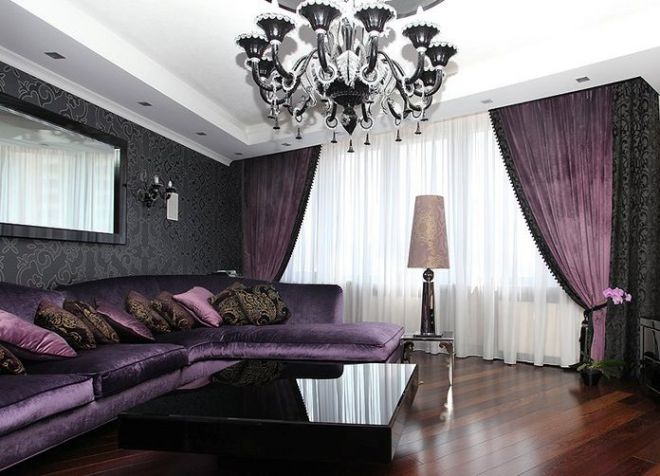
For smooth fabrics with a velvety surface, you can choose thin curtains with a mother-of-pearl effect or degradation in the main shades of the interior.
How to choose tulle in different rooms
Hall - attention to the window
Speaking about a living room, the main characteristic accent in which should be luxury - it is important to choose a transparent tulle cloth for window decoration, trimmed with embroidery, silver or gold glitter, and complex patterns. But the furniture, designed in a classic style, will perfectly emphasize the solid color of tulle, without unnecessary folds.
Children
It is best to choose a tulle fabric for a nursery that is inexpensive and has no complicated drapery - opt for an unusual print and bright, saturated colors. Color tulle is optimal for a nursery, and if you divide the room with a curtain, hang a light canopy over the bed - it will look new and, moreover, very stylish and original. In terms of length, it is best to leave it to the level of the windowsill, since a baby who is just learning to crawl and walk can pull it and break it off.
Bedroom
For this room, it is optimal to opt for solid fabrics, calm tones, which are conducive to relaxation and tranquility. If you want more celebration in the bedroom, opt for tulle with draperies or openwork inserts. With regard to such a criterion as illumination - if the room is located on the side of the house, where little light enters, choose a fabric that is light and transmits the sun well, and in a well-lit room, choose a dense fabric.
Kitchen
The kitchen is where it smells of pies and the family gathers for tea in the evenings.The curtain for the kitchen should be chosen to the level of the window sill, the material itself should be easily erased, not lose its shape, and not fade. Mesh and organza, veil and muslin are considered classics for the kitchen, although linen and cotton curtains are perfect. It is optimal to choose light and simple colors for the kitchen, without sophistication in tone - without large drawings.


